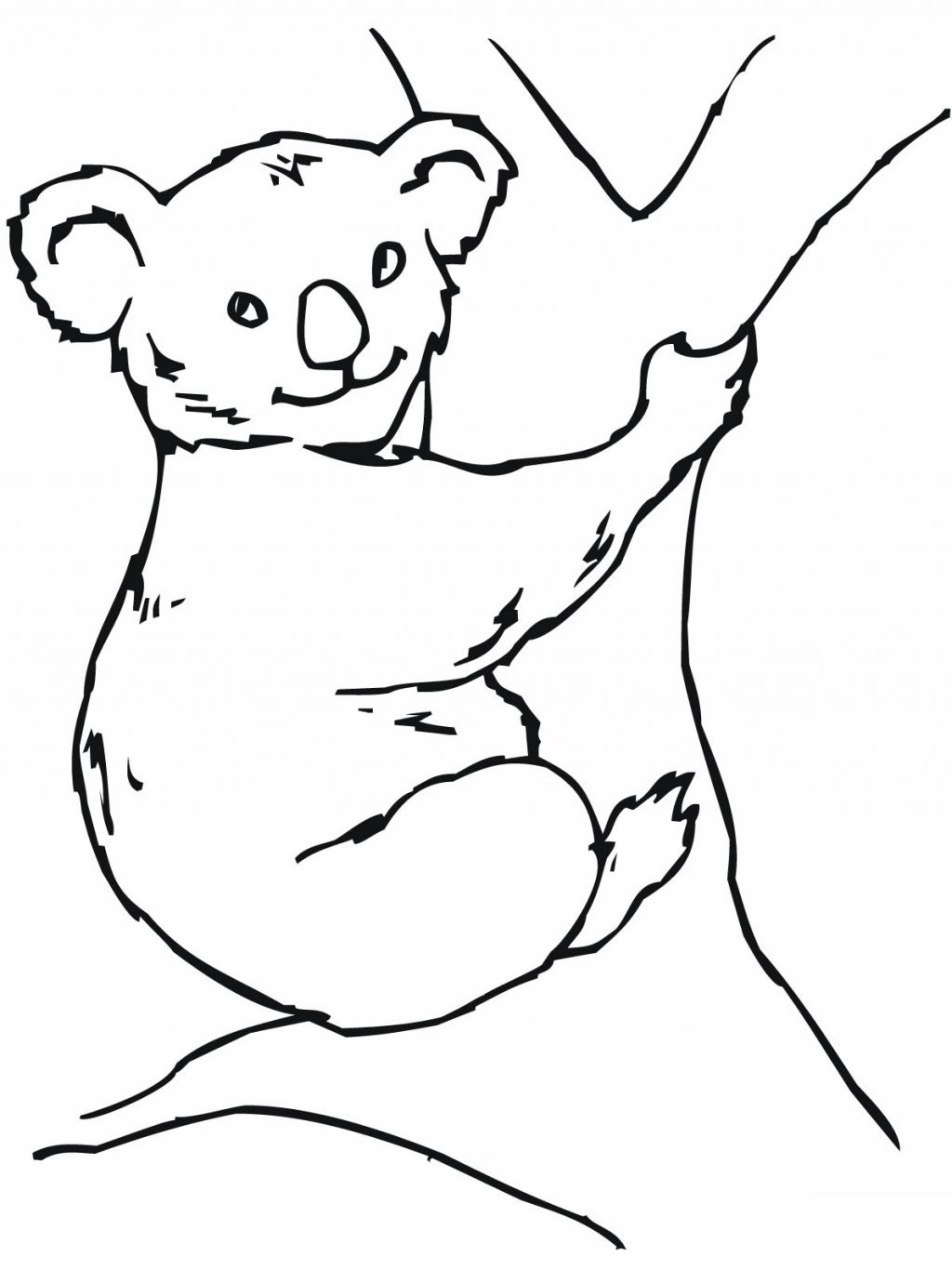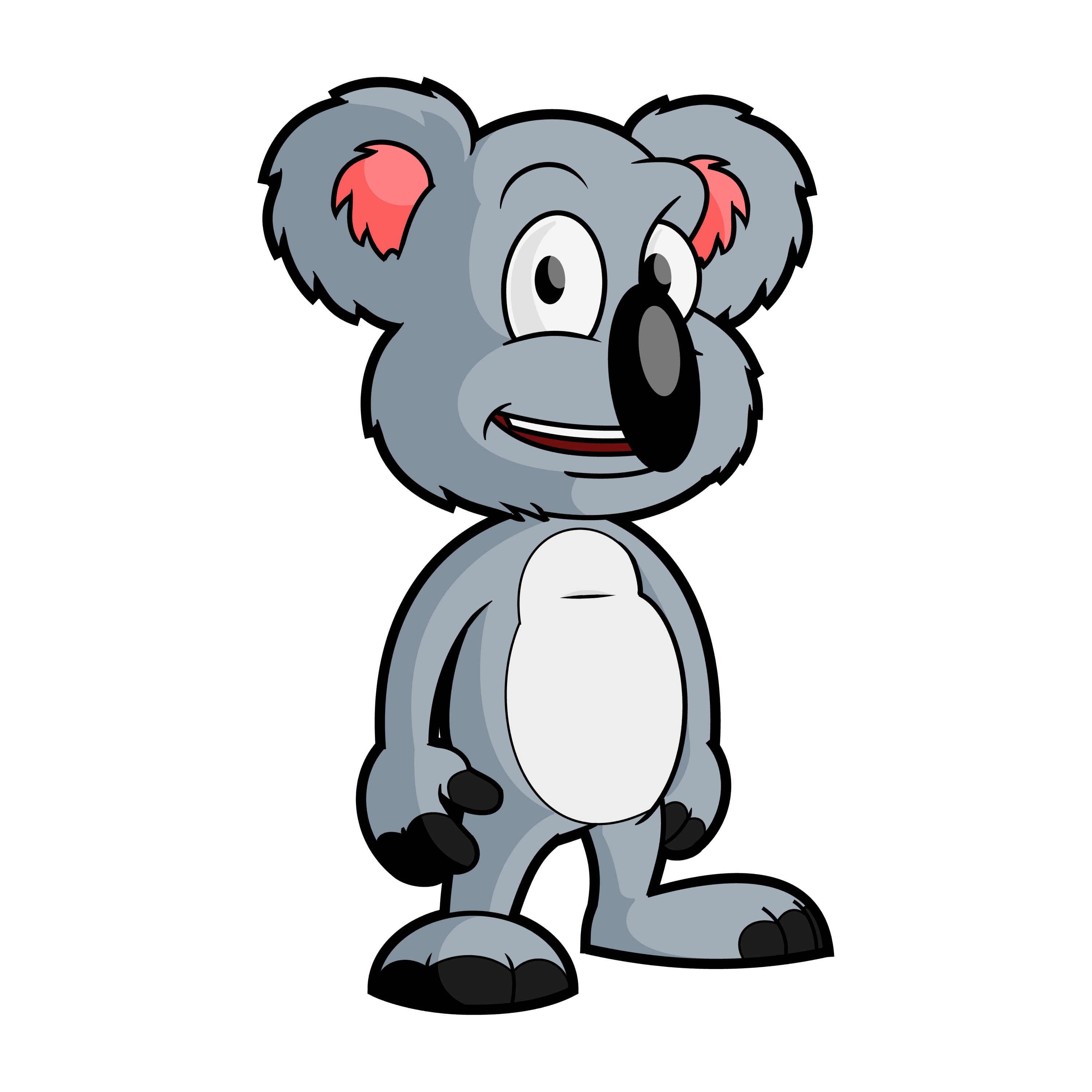
While the new John Oliver Koala Chlamydia Ward will no doubt help some infected koalas, there is clearly much more work required to preserve a future for these iconic animals. Surveys of records from treatment facilities found that chlamydia was the most lethal of all diseases affecting the animals, second only to injury from cars as the most frequent cause of koala death. Over the past two decades, koala populations in parts of Australia have declined by as much as 80 percent, researchers reported in February 2017 in the journal Scientific Reports. This was especially true for the microbe Lonepinella koalarum, which is known for its ability to break down tannin, according to the study. They also found that there was "a strong correlation" between the composition of a koala's gut flora and its prognosis for survival after treatment with antibiotics. Eucalyptus leaves, which provide much of adult koalas' nutrition in the wild, contain a compound called tannin that can be highly toxic if it isn't broken down by certain types of gut bacteria, and if those microbes are absent, koalas might be unable to process their eucalyptus meals, the scientists wrote. In the Peer J study, the researchers questioned whether the drugs meant to save the koalas might be upsetting the balance of their gut diversity and interfering with their ability to digest their food. Ms Milbourne hopes to determine if the koala scoliosis has an environmental origin, which would allow zoos to design better habitats.Researchers learned that koalas infected with this virus, called koala retrovirus type B, were more likely to be infected with chlamydia, and were also more likely to develop severe symptoms, such as infections in their urinary and reproductive tracts, conjunctivitis and cancers.Īdult koalas catch chlamydia just as people do - through sexual transmission - but young koalas can also become infected by eating pap, a nutritious type of feces, when it is excreted by infected mothers, according to a study published March 12 in the journal Peer J.ĭiseased koalas are treated with antibiotics, but the koalas often lose weight and die even after receiving treatment, scientists discovered. This work will form part of a comparative study with humans to see if the koala has adapted to upright activities. I will be observing movement patterns of the koalas to try to find out how many show signs of scoliosis," she said. "The rangers have documented 2000 koalas. Ms Milbourne flies to Kangaroo Island in South Australia today to study the koala population there. "The best figures suggest that up to five per cent of koalas may be afflicted." "It is very difficult to get reliable information on how many wild koalas have back problems," said Dr Greg Johnson from Adelaide Zoo, one of Ms Milbourne's supervisors. The next step is to try and find out the prevalence of scoliosis in the koala population. In addition, the Port Macquarie Koala Hospital has been sending information on any scoliotic koalas they treat. "As you can imagine, they are very hard to get hold of." "I have looked at five normal animals and am in the process of looking at three scoliotic animals," she explained. These have died from dog attacks, car accidents or natural causes. Ms Milbourne has to date worked with dead animals provided by institutions such as Cleland Wildlife Park. "A sitting koala tends to put all the pressure on its sacrum." "Gravity acts very differently on horizontal and vertical spines," said Ms Milbourne.

Koalas walk on all four legs but they spend at least 19 hours a day sitting upright in trees leaning against branches. Recent research, however, indicates that pandas are related to other bears. The scoliosis affecting koalas is called 'idiopathic' scoliosis, meaning the cause is unknown. People who know their marsupials refer to them simply as koalas. Scoliosis is the medical term for curvature of the spine. It's as though the animal has been snapped by bending its head down to its feet." "The bends to their spine are not subtle curves, like in human scoliosis, rather sharp bends.

"Koalas are the only animals that are known to have scoliosis, other than humans," said Ms Milbourne. The Royal Zoological Society of South Australia has also provided funding for the research. Ms Emily Milbourne is studying scoliosis in koalas as her honours project for a Bachelor of Science at Adelaide University. A research student in Adelaide is providing the world's first information about a spinal problem in the koala.


 0 kommentar(er)
0 kommentar(er)
